What it takes to end cervical cancer in Zambia
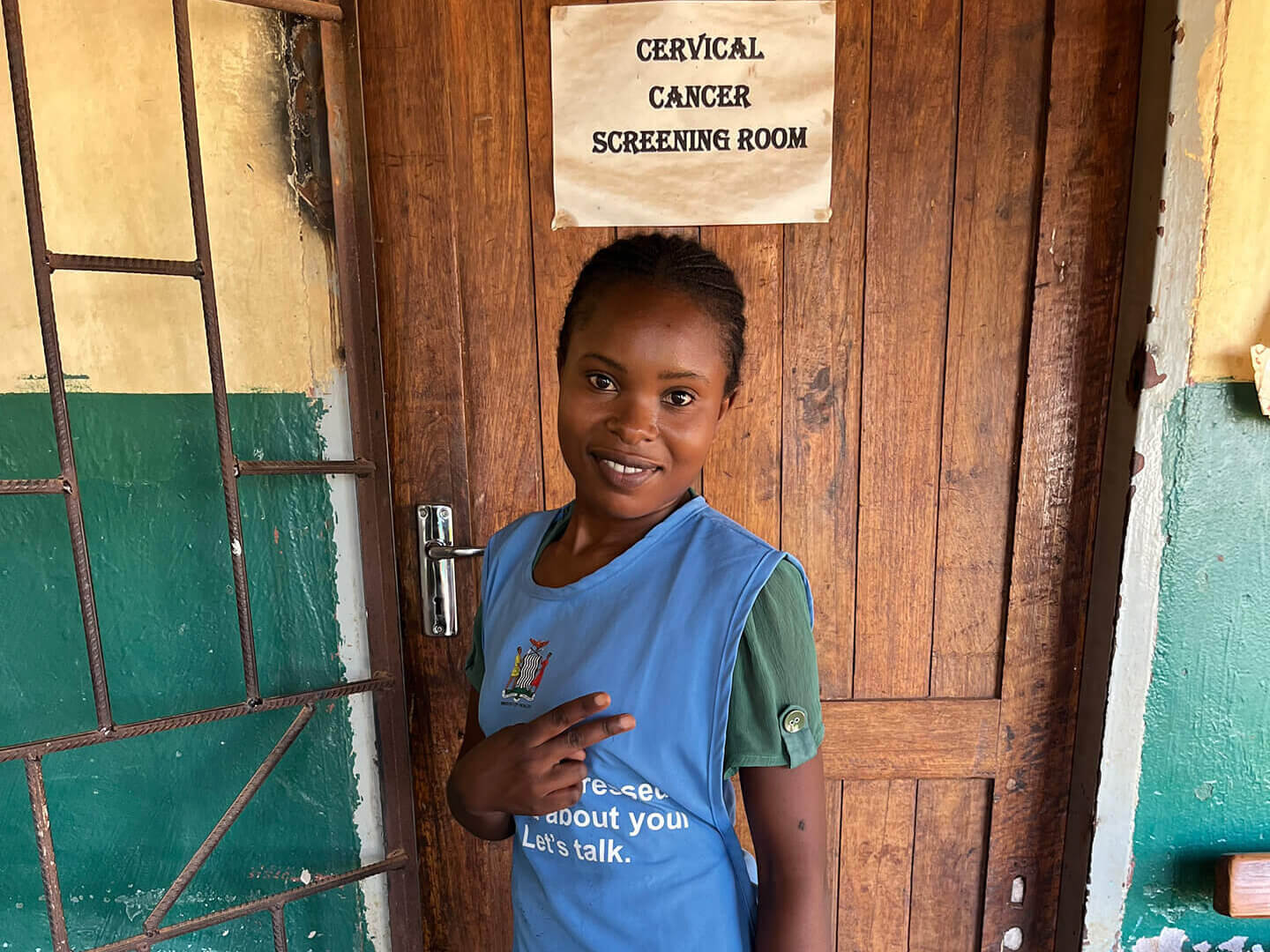
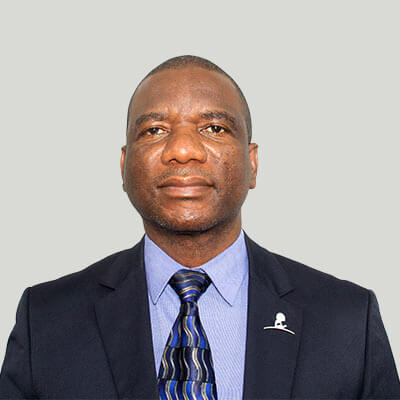
Cervical cancer is one of the most preventable forms of cancer, yet it remains a leading cause of death among women in Zambia. Dr. Paul Kamfwa, who leads Zambia’s National Cervical Cancer Program at the Ministry of Health, is determined to change that. Dedicated to prevention, early detection, and treatment, he has spent his career working to ensure no woman dies from this disease.
Now, expanded screening, HPV vaccination, and stronger health systems are paving the way for elimination. Through our partnership with the Clinton Health Access Initiative (CHAI) and in collaboration with Zambia’s Ministry of Health, access to these lifesaving interventions is growing—so more women get the care they need, when they need it.
We can prevent this
Kamfwa’s path into gynae-oncology was driven by an acute awareness that cervical cancer should not be a death sentence.
There were a lot of women who were dying from cervical cancer, and yet I knew that cervical cancer is a disease which we can prevent. At the same time, it is a disease which we can even cure, as long as we detect it in the very early stage.
Yet far too often, women in Zambia arrive at hospitals when it is too late for effective treatment. At Cancer Diseases Hospital in Lusaka, where Kamfwa has worked for over a decade, the majority of cases are diagnosed in advanced stages.
“Most of the women that we see… they normally come when it’s quite late, such that when we are diagnosing these cases, we diagnose them at a very, very late stage.“
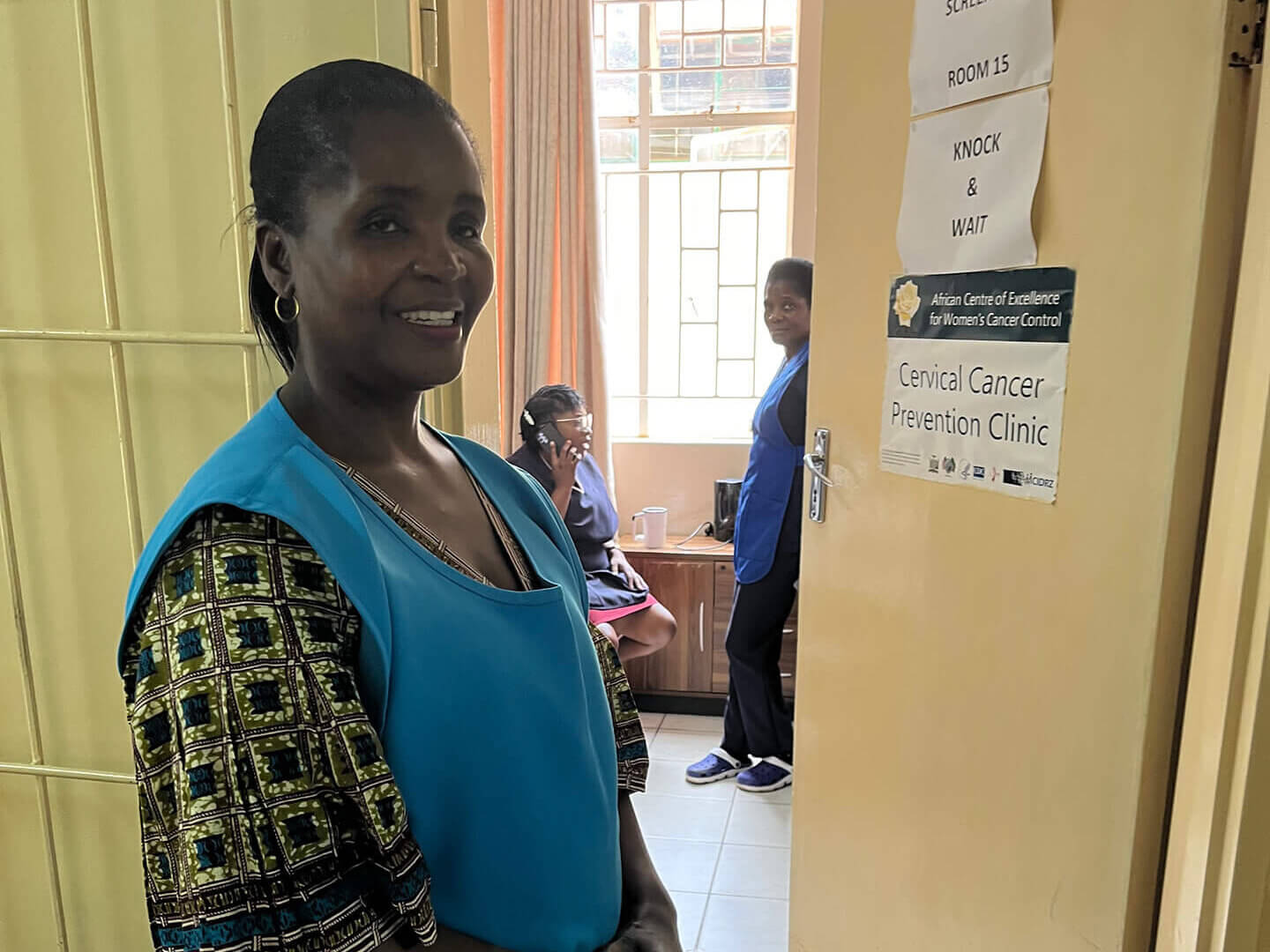
Barriers that cannot be ignored
Late diagnoses are not inevitable—they are the result of systemic barriers that make prevention and treatment difficult to access.
Zambia faces a shortage of trained healthcare workers, making it challenging to provide widespread screening. “We do not have enough nurses, and because of competing priorities, they must tackle multiple programs at once,” Kamfwa explains.
Cost is another factor. “The HPV testing kit is expensive, making it difficult to reach the targets we’ve set in our National Cancer Control Strategic Plan.”
Cultural beliefs also shape health-seeking behaviour. In many communities, cervical cancer symptoms are misunderstood. “My relatives think one of my aunts who’s been bleeding for some time has been bewitched, and I’ve heard this before in so many settings.”
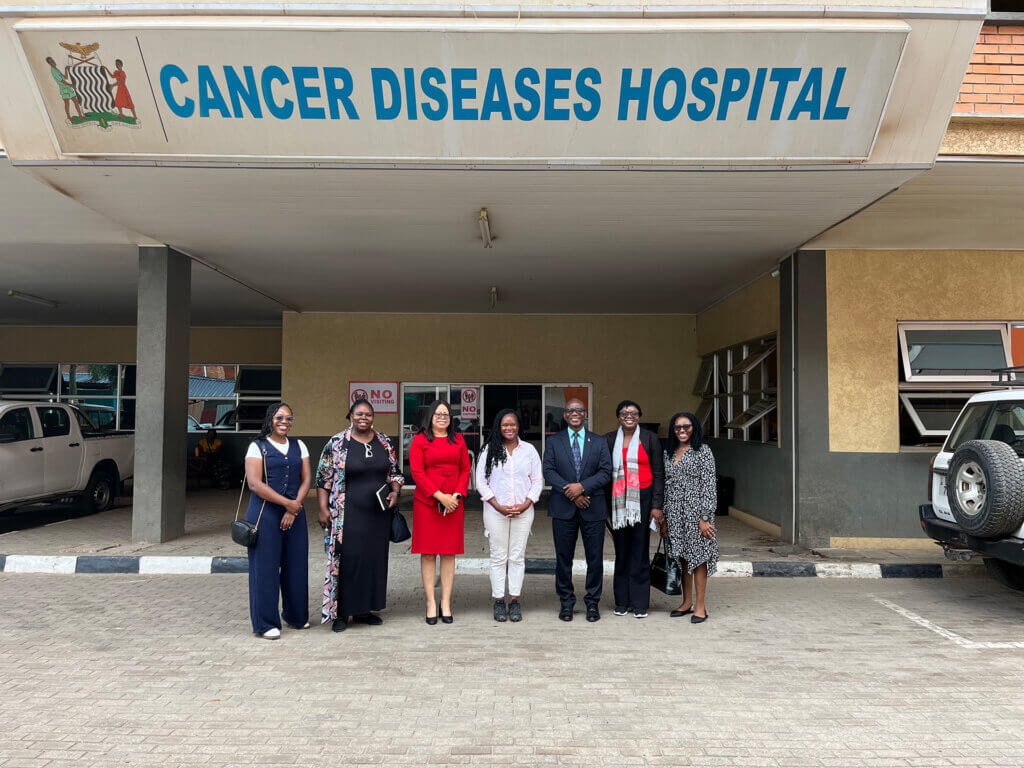
Bringing prevention to the community
For screening and vaccination to reach more women, services need to move beyond hospitals and into communities. Kamfwa believes traditional leaders and community networks are crucial to shifting attitudes.
People have put so much trust in them. When we fully engage them, this can help us to dispel most of these myths.
That is exactly the approach Zambia is taking. HPV self-sampling kits now allow more women to get screened at local clinics and health centres, reducing the need to travel long distances. Community education efforts are reshaping attitudes, helping women seek care earlier. And more girls are getting vaccinated.
“We are seeing a lot of girls coming for vaccination” Kamfwa says, pointing to the growing momentum that could push Zambia toward elimination.
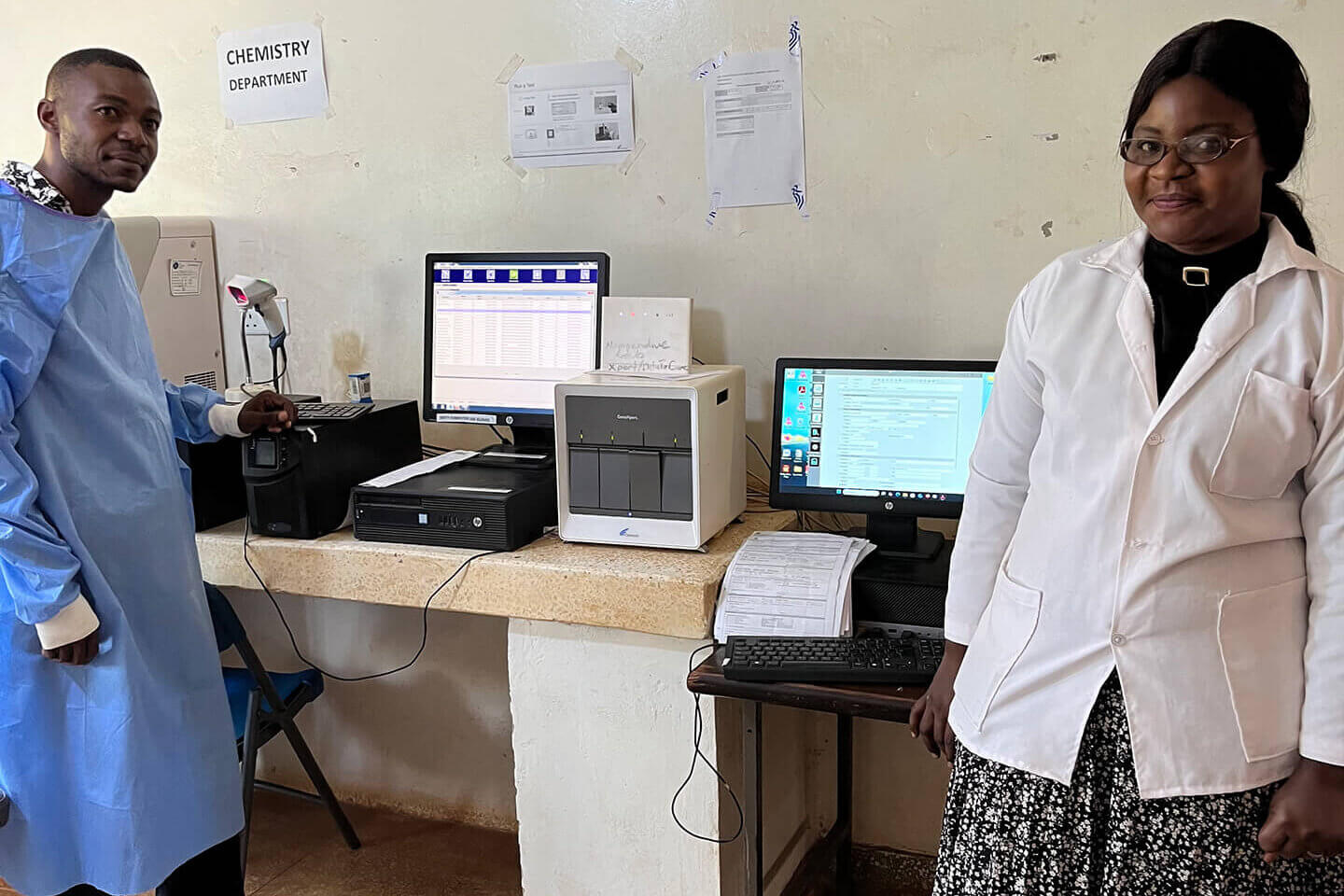
The power of strategic investment
Scaling these solutions requires sustained investment. The fight against cervical cancer cannot rely on awareness alone—it demands targeted funding and system-wide reforms.
If we strengthen the health system and build on the interventions and policies we have, this will be very, very impactful.
The partnership between the Clinton Health Access Initiative (CHAI) and the Judith Neilson Foundation is one such effort, working alongside the Zambian and Zimbabwean Ministries of Health to expand screening, increase HPV vaccination, and integrate innovative diagnostic tools into the health system.
Kamfwa is optimistic. Government commitment is growing, new technologies are emerging, and partnerships are expanding. He believes Zambia’s approach can serve as a blueprint for other countries, demonstrating what is possible with the right strategy and investment. “There will be very good stories to tell. It is going to inspire other funders to come on board.”

A future without cervical cancer
With the right investment and a community-driven approach, Zambia is proving that cervical cancer elimination is not just a vision—it is an achievable reality.
Learn more about CHAI’s work here: https://www.clintonhealthaccess.org/our-programs/cervical-cancer/